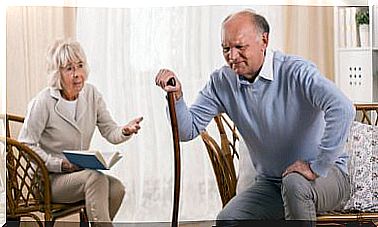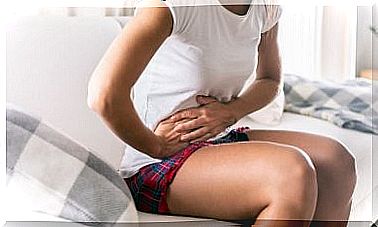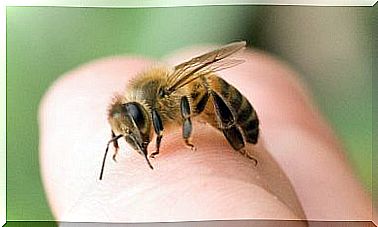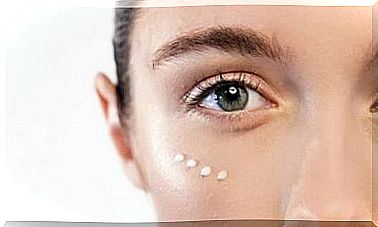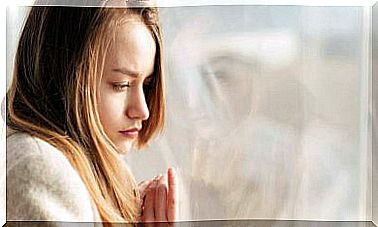What Exercises Can I Do In The Gym If I Have Scoliosis?
Scoliosis is an abnormal curvature of the spine that can lead to pain and weakness. Although strenuous exercise is not advised, staying active contributes to its treatment. What activities to practice?
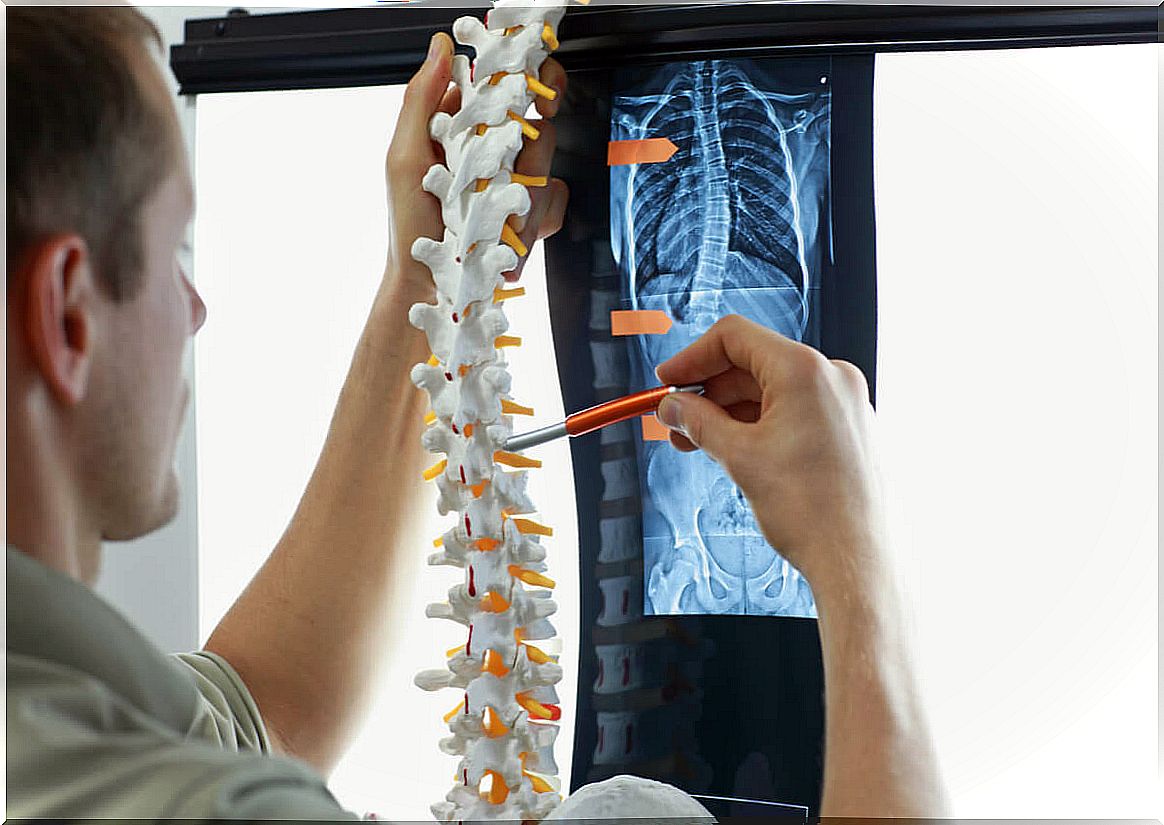
Not all gym exercises are suitable for people with scoliosis. Although part of the treatment consists of doing physical activity, it should be moderate and adapted to the needs of each one. Even, where possible, it is better to be supervised by a professional.
Scoliosis is a lateral deviation of the spine that disrupts body posture. It occurs frequently during the growth period, before puberty. However, it can also affect adults, especially women.
According to information published in the National Institute of Arthritis and Musculoskeletal and Skin Diseases (NIAMS) , curvature is usually C or S-shaped and can occur on both sides or different places in the spine. You wonder, how do you train in the gym? Find out!
Exercises you can do at the gym if you have scoliosis
If you are a scoliosis patient, strenuous exercise or any form of physical activity that involves too much effort has likely already been contraindicated. However, that does not mean that you have to fall into a sedentary lifestyle or give up the gym.
As compiled by an article in the Cochrane library , there are specific exercises that are beneficial in case of scoliosis; in fact, they can not only be practiced in the gym, but also at home.
They help to strengthen the muscles that surround the spine and whose function is to stabilize the body. In turn, they mitigate symptoms of this condition, such as the sensation of pressure and pain. Do you dare to practice them?
1. Pelvic lift
The pelvic lift, also known as a “bridge,” is one of the exercises you can do at the gym if you have scoliosis. It does not require specific machines and its intensity can be varied according to physical capacity.
A study published in The Journal of Physical Therapy Science determined that its practice helps to strengthen the abdominal muscles and, in turn, contributes to the rehabilitation of patients with trunk instability and low back pain.
How to do it?
- To start, lie on your back, with your knees bent and your feet flat on the floor.
- Next, tighten your abdominal muscles and make sure to keep your back flat on the floor.
- Raise your pelvis toward the ceiling and hold for 5 seconds.
- Then return to the ground and do 2 sets of 10 reps.
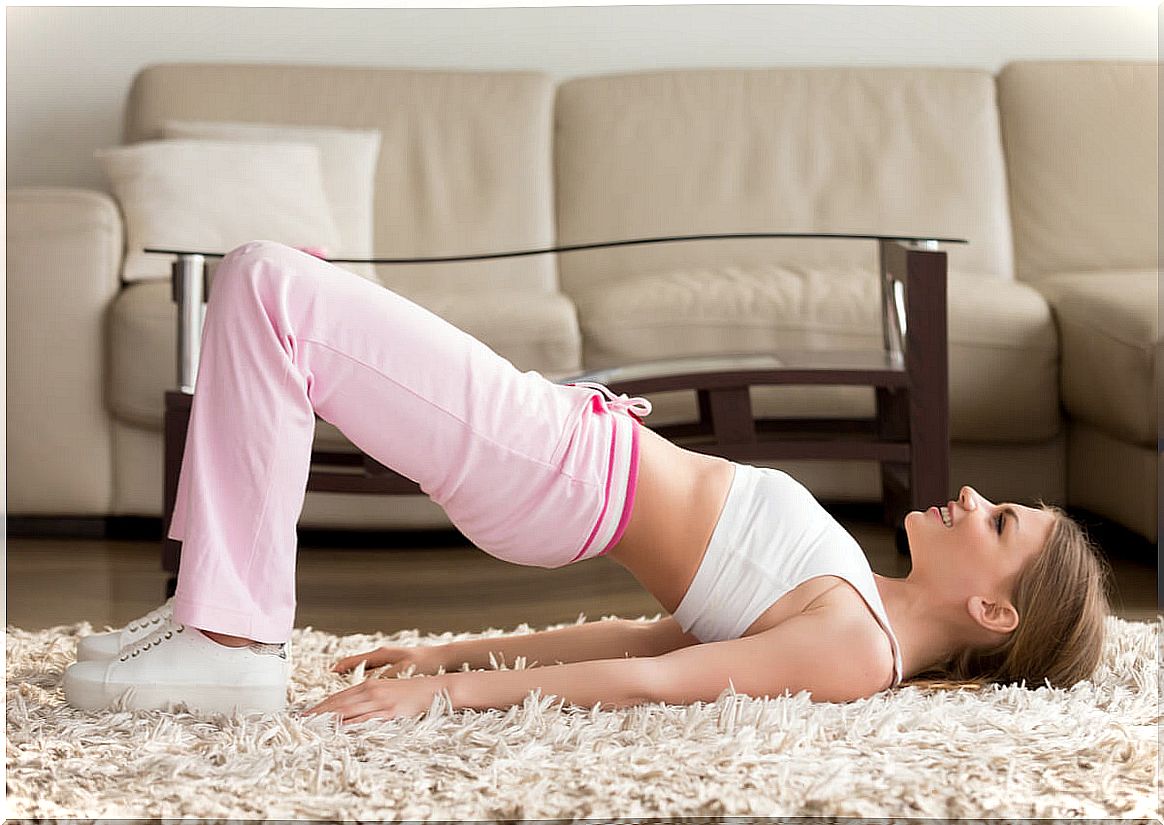
2. Arm and leg raises
Lumbar strengthening exercises are ideal for the rehabilitation of people with scoliosis. Therefore, if this condition afflicts you, you can include arm and leg lifts or “superman” in your gym routine.
According to a study published in the Journal of Exercise Rehabilitation , this activity is useful for strengthening the stabilizing muscles of the lumbar spine. In turn, it appears to serve as an adjunct to reduce spinal fatigue.
What should you do?
- First, lie face down on the floor.
- Then extend your arms over your head, palms flat on the ground.
- Make sure your legs are straight and, starting from this position, lift one of your arms off the ground. Simultaneously lift your opposite leg.
- Hold the pose for 1 or 2 full breaths, lower yourself to the floor, and repeat the exercise with the opposite arm and leg.
- Do about 15 reps on each side.
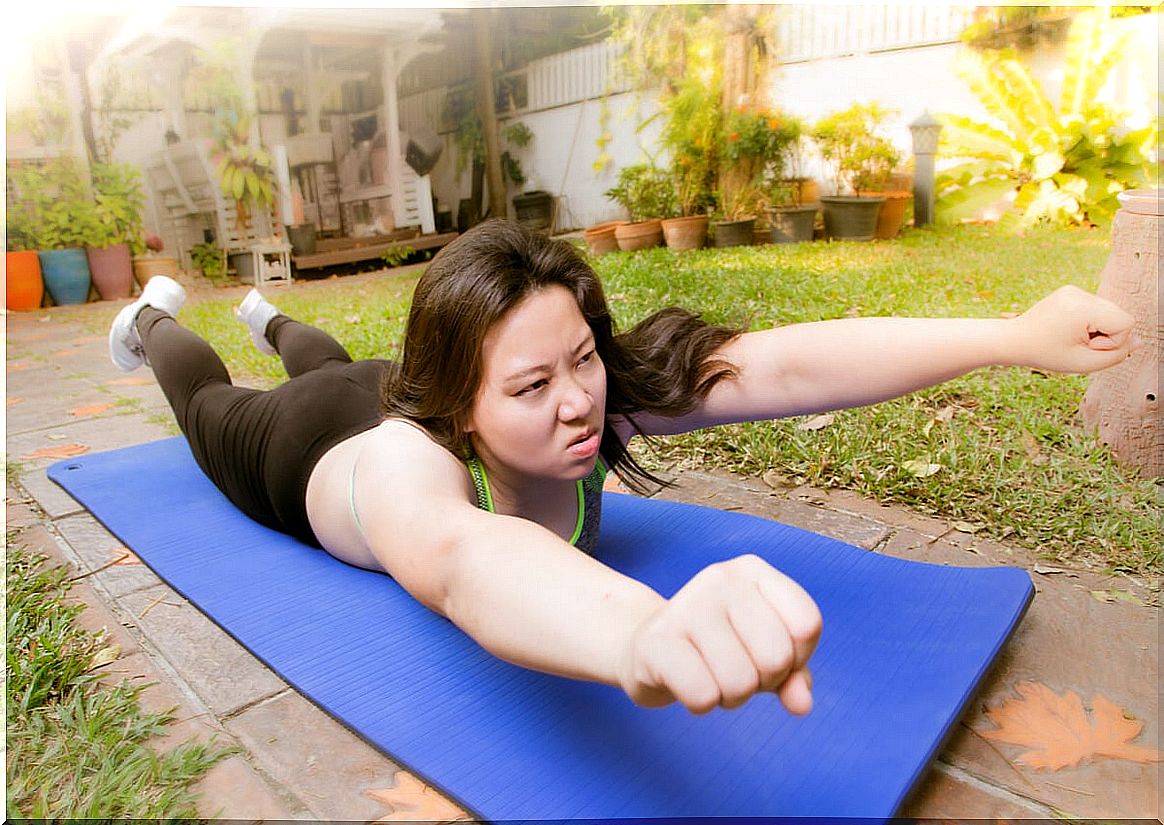
3. Kettlebell weight lifting
In the gym there is a tool known as the kettlebell or kettlebell , whose use has become popular due to the benefits it brings. In particular, it works the lats and abs, muscles that help stabilize the body.
Its basic movements, such as the swing , snatch and clean, involve the use of various muscle groups. In turn, it works coordination and increases resistance and balance. This will undoubtedly be beneficial in case of scoliosis.
What should you do?
- These weights are available in various sizes. In the case of scoliosis, the ideal is not to exceed 10 kilograms. Even, it is best that you consult with the professional, since this may vary depending on your particular case.
- The classic exercise is performed with a single kettlebell. You put the weight between your knees and, from there, you bring it over your head in one movement. Make sure to keep your back straight.
- Perform about 10 or 12 repetitions, in 2 sets.
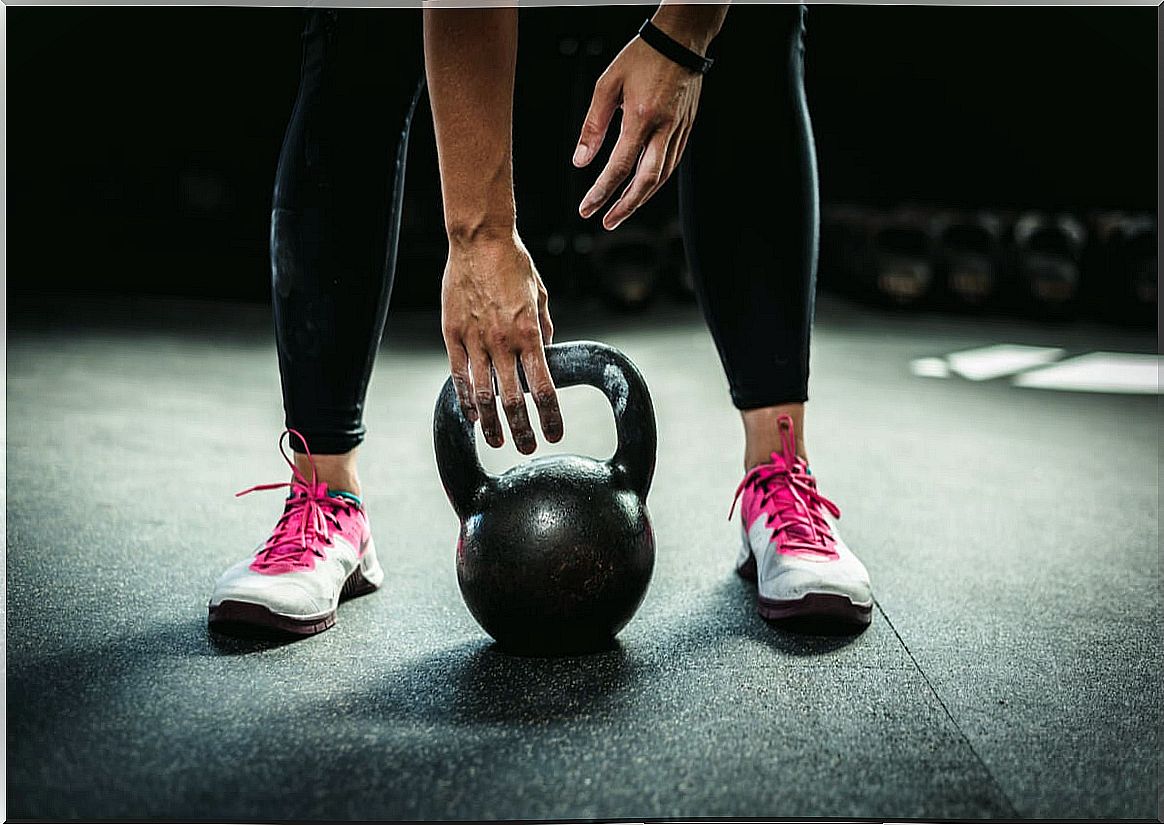
4. Abdominal press
Working the core, that is, the area that covers the entire abdominal region and the lower part of the back, favors the rehabilitation of patients with deviation of the spine. The abdominal press is an exercise that fulfills this function; in fact, it helps improve posture.
What should you do?
- Lie on your back, with your knees bent and your feet on the floor.
- Keep your back in a neutral position so that you don’t feel tension.
- Then lift both lower legs up to a 90 degree angle.
- Now, use your hands to push your knees down while contracting your abdominal muscles. In turn, push your knees toward your hands, so that you achieve a static exercise. Simply put, neither the legs nor the arms should move when pressed; they only need to force each other to tighten the abdomen.
- Hold for 3 full breaths and relax.
- Then do 2 sets of 10 reps each.
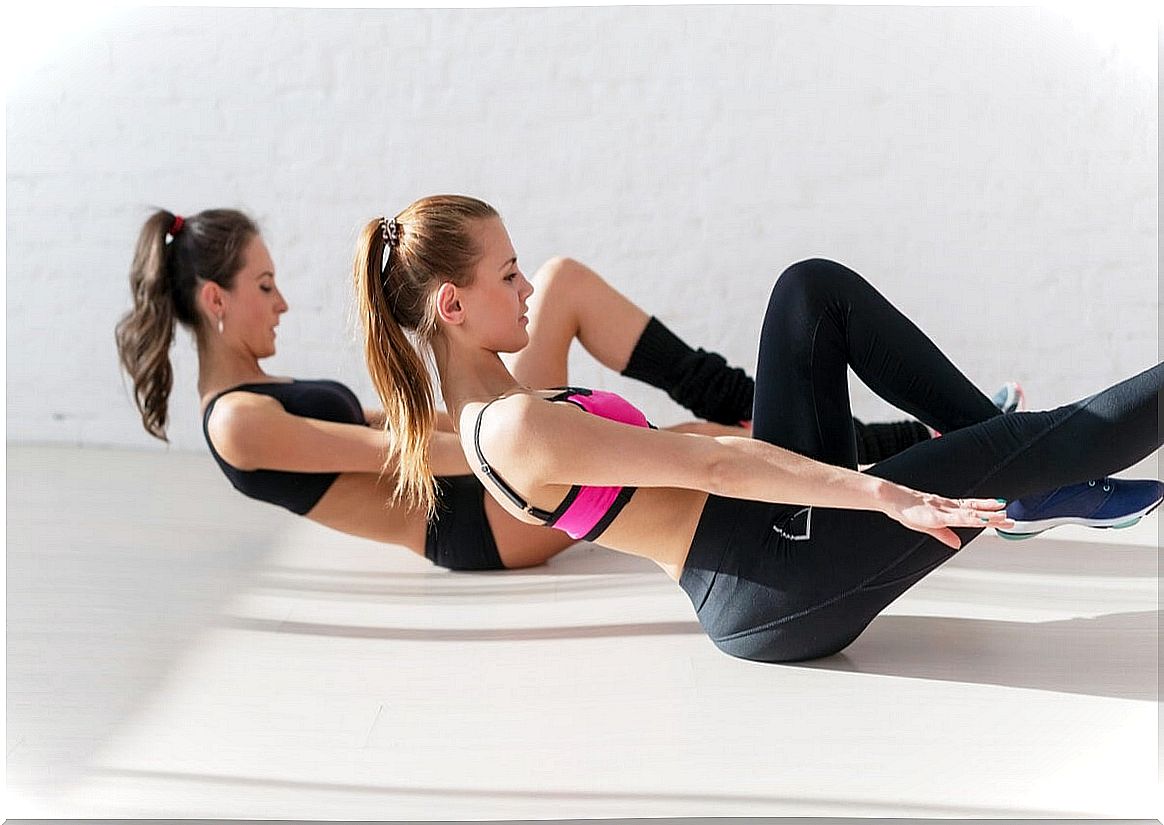
5. Short crunches with stability ball
Short or abdominal crunch on a stability ball, help to strengthen the abdominal and lower back muscles. Therefore, it is one of the gym exercises that you can practice if you have an alteration in the shape of the spine.
What should you do?
- First, lie on your back on the stability ball (it is the same as the Pilates ball).
- Make sure the ball is under your back and your feet are on the ground, hip-width apart.
- Put your hands behind your head and, from this position, squeeze your glutes and raise your upper body.
- Tuck your chin toward your chest, lower with a smooth motion, and repeat.
- Perform 2 sets of 15 reps.
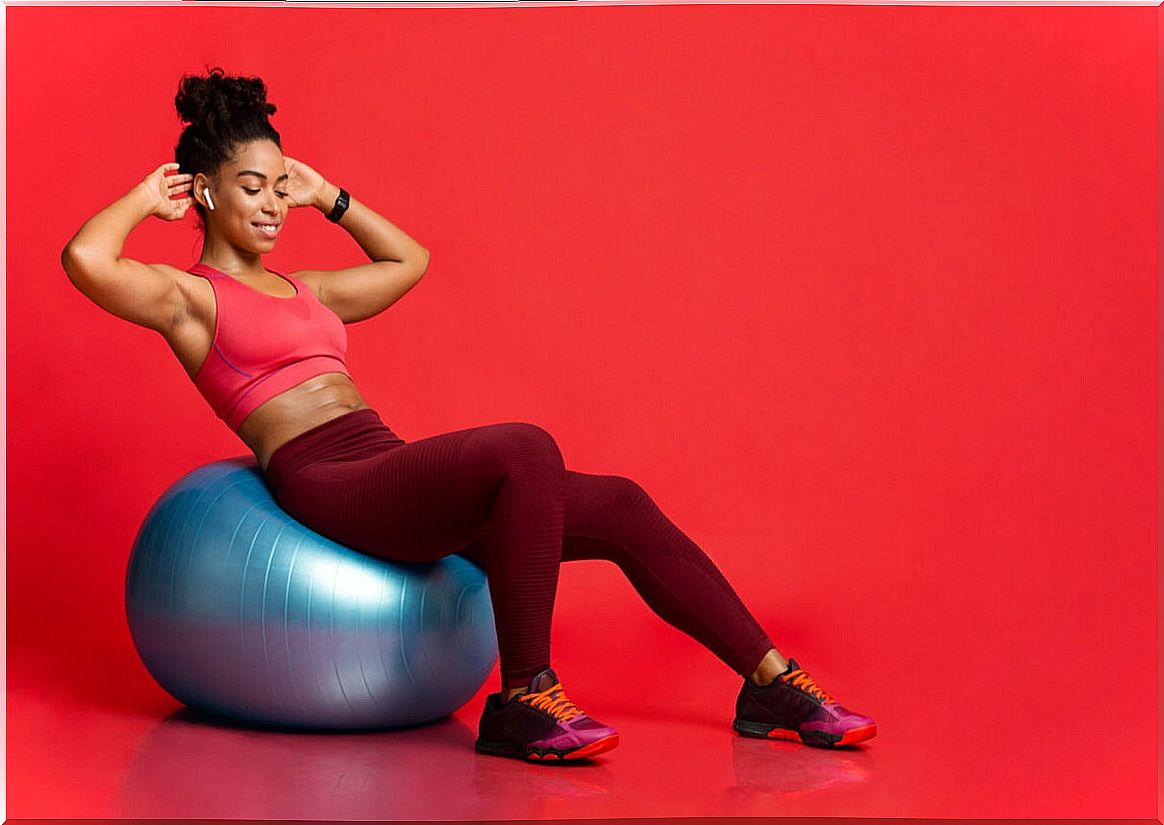
What exercises should I avoid if I have scoliosis?
While the above exercises help you with scoliosis, there are other activities that increase the risk of secondary injuries or more severe symptoms. These include the following:
- Hockey.
- Football and American football.
- Gymnastics and ballet.
- Bounce on trampoline.
- Long-distance racing on hard surfaces.
- Heavy weight lifting (bodybuilding).
- Horse trips.
Gym Exercises and Scoliosis: Professional Supervision Is Important
The characteristics of scoliosis are not the same in all patients. Therefore, whenever you suspect this condition, it is best to go to the doctor. Sometimes symptoms improve with self-care measures and exercise. However, there are cases that require other treatments, such as physical therapy, medications, and surgery.
However, the practice of moderate exercise is advised as part of the rehabilitation process. Activities that strengthen the core are usually the most suitable in these cases. In any case, it is best to seek advice from a professional trainer at the gym, as poor exercise performance can be counterproductive.
